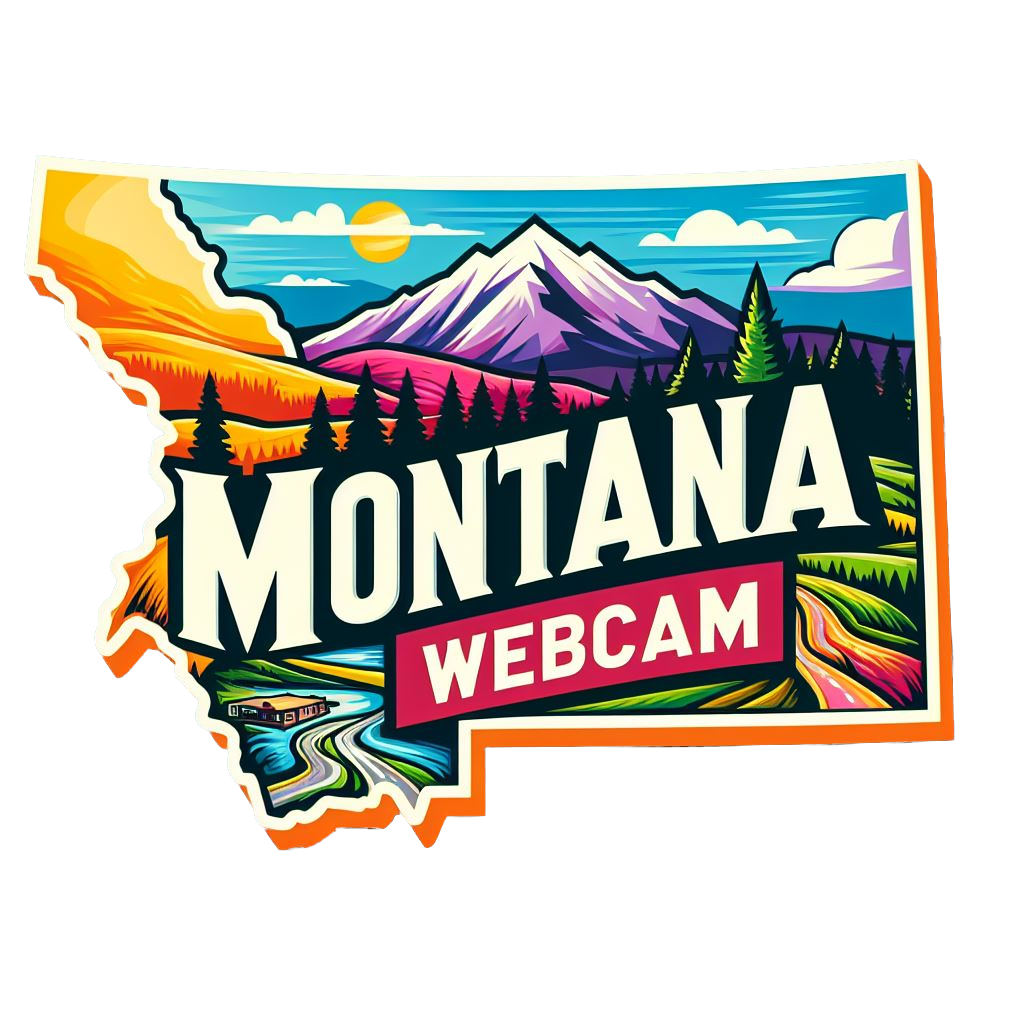Bozeman, MT Weather Cams
American Bank West Bozeman Corporate Campus Cam
Opportunity Bank in Bozeman Cam

Bozeman Stadium Cam

Bozeman Airport Cam

Bozeman Pass I-90 Cam

Bozeman Airport Cam (Via FAA) Cam
Bozeman Pass Cam
Bozeman, Montana: From Frontier Outpost to Thriving Hub
Introduction: Gateway to the Rockies
Bozeman, MT Weather Cams. Nestled in the Gallatin Valley and surrounded by the breathtaking Rocky Mountains, Bozeman, Montana, is a vibrant city with a rich history and a dynamic present. Known for its stunning natural beauty, robust economy, and thriving cultural scene, Bozeman has grown from a small frontier outpost into a bustling hub for outdoor enthusiasts, entrepreneurs, and academics. This is the story of Bozeman’s evolution over the past 150 years.
Early Beginnings: Indigenous Peoples and Explorers
Long before European settlers arrived, the Gallatin Valley was home to indigenous tribes, including the Shoshone, Nez Perce, Crow, and Blackfeet. These tribes utilized the area’s abundant resources for hunting, fishing, and gathering. The region’s rivers and fertile plains provided a rich environment for sustaining their communities.
In the early 1800s, the Lewis and Clark Expedition passed through the area, guided by Sacagawea. Their journey marked the beginning of European exploration and interest in the region. Fur trappers and traders followed, establishing the first non-indigenous presence in the valley.
Founding of Bozeman: John Bozeman’s Vision
The city of Bozeman was founded in 1864 by John Bozeman, a Georgian prospector who saw the potential for a settlement along the Bozeman Trail, a route he helped establish. This trail was a shortcut to the gold fields of western Montana, cutting through the fertile Gallatin Valley. Despite the dangers posed by conflicts with the indigenous tribes, Bozeman was determined to create a thriving community in this strategic location.
Bozeman’s vision quickly attracted other settlers, and the town began to grow. The establishment of Fort Ellis in 1867 provided a sense of security for the settlers and served as a supply base for the U.S. Army during the Indian Wars.
Growth and Development: Railroads and Agriculture
The arrival of the Northern Pacific Railway in 1883 was a pivotal moment for Bozeman, connecting it to national markets and spurring economic growth. The railway made it easier to transport goods and people to and from the town, facilitating the expansion of agriculture, which became the backbone of Bozeman’s economy.
Wheat, barley, and other crops thrived in the fertile soil of the Gallatin Valley. The agricultural boom attracted more settlers, and Bozeman developed into a prosperous farming community. The establishment of the Montana State College (now Montana State University) in 1893 further anchored the town’s growth, providing educational opportunities and fostering innovation in agricultural practices.
20th Century Challenges and Resilience
The early 20th century brought both challenges and opportunities to Bozeman. The Great Depression and World War II tested the resilience of the community, but Bozeman managed to persevere. The university played a crucial role during these times, contributing to research and development that supported the war effort and the local economy.
Post-war Bozeman experienced significant growth, driven by a combination of educational expansion, improved infrastructure, and an increasing reputation as a desirable place to live. The construction of the interstate highway system in the 1950s and 1960s made Bozeman more accessible, attracting new residents and businesses.
Modern Era: A Hub for Education, Technology, and Recreation
In recent decades, Bozeman has transformed into a modern, dynamic city while retaining its historical charm and connection to nature. Montana State University (MSU) has become a leading institution, attracting students and faculty from around the world. The university’s research programs, particularly in engineering and agriculture, have contributed significantly to Bozeman’s growth and innovation.
The tech industry has also found a foothold in Bozeman, with numerous startups and established companies setting up operations in the city. The high quality of life, combined with a supportive business environment, has made Bozeman a magnet for entrepreneurs and skilled professionals.
Outdoor recreation remains a cornerstone of Bozeman’s identity. The city’s proximity to Yellowstone National Park, the Bridger and Gallatin mountain ranges, and the Big Sky Resort offers unparalleled opportunities for hiking, skiing, fishing, and more. This natural beauty, combined with a vibrant cultural scene featuring galleries, theaters, and music festivals, has made Bozeman a top destination for tourists and new residents alike.
Community and Culture: A Welcoming Spirit
Bozeman’s community spirit is one of its defining characteristics. The city is known for its welcoming and friendly atmosphere, where newcomers and longtime residents alike contribute to a sense of belonging. Community events such as the Sweet Pea Festival, Music on Main, and the Gallatin County Fair bring people together and celebrate the unique culture of Bozeman.
Sustainability and conservation are also integral to Bozeman’s ethos. The city has implemented various initiatives to promote green living, including extensive recycling programs, renewable energy projects, and efforts to preserve the natural environment.
Conclusion: Looking to the Future
As Bozeman continues to grow, it faces the challenges of balancing development with preserving its unique character and natural beauty. Housing affordability, infrastructure demands, and maintaining the quality of life are ongoing concerns. However, with a strong sense of community, a commitment to innovation, and a deep respect for its natural surroundings, Bozeman is well-positioned to navigate these challenges and continue thriving.
From its early days as a frontier town to its current status as a vibrant, modern city, Bozeman’s history is a testament to the resilience, vision, and spirit of its people. As it looks to the future, Bozeman remains a shining example of the enduring allure of the American West.
For more information, visit the official Bozeman, MT website.
